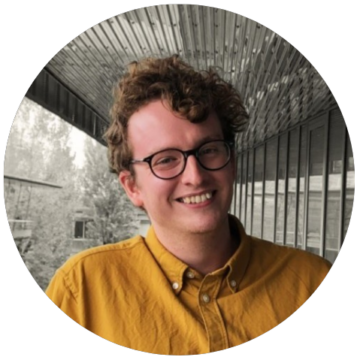Venue : Conference room – Neurocentre Magendie
Defense in english
Daniel Hunter
IINS
Team : Development and adaptation of neuronal circuits
Thesis directed by Laurent Groc
Title
A Characterisation of Hippocampal Pathophysiology in Autoimmune Encephalitis: From Synapse to Circuit
Abstract
NMDAR and GABAAR encephalitides are immune-mediated neurological syndromes, in which the expression of pathogenic autoantibodies (Abs), directed against either NMDARs or GABAARs respectively, results in complex disease presenting with seizures and neuropsychiatric complications. Molecular investigations have delineated the actions of patient-derived Abs on their target antigens, whereby NMDAR and GABAAR Abs ultimately drive respective hypofunctions of major excitatory or inhibitory ion channels. Paradoxically however, despite this converse action of disease-causing Abs, preclinical investigations have demonstrated that both NMDAR and GABAAR Abs induce hyperexcitation of neuronal networks. As such, we aimed to characterise a broader-scale functional impact of autoantibody actions, at synaptic, cellular and circuit-levels, to finely elucidate the mechanisms by which both NMDAR and GABAAR Abs elicit a hyper-excitable seizure phenotype in clinical settings.
We observed that 24-hour autoantibody exposure, irrespective of the target antigen, reduced the amplitude of both spontaneous excitatory and inhibitory postsynaptic currents. Intriguingly, the magnitude of reduction in inhibition was consistently greater, suggesting that the synaptic input onto pyramidal cells becomes unbalanced in favour of hyperexcitation. Examination of spontaneous current kinetics, and immunocytochemistry experiments further suggest these alterations are underpinned by a displacement of both AMPARs and GABAARs from their respective postsynaptic compartments. Further, imaging and multiplicity analysis revealed that both pathogenic Abs drive a selective depletion of inhibitory synaptic scaffolding protein, gephyrin, in a phosphorylation-associated manner. However, the excitatory synaptic scaffold, homer-1c, remained intact after exposure to Abs, further supporting a shift towards synaptic hyperexcitation, despite overall depression of synaptic inputs.
To understand how these aberrant synaptic inputs are functionally integrated into hippocampal network activity we subsequently characterised a range of intrinsic cellular properties of excitatory and inhibitory hippocampal populations. We observed that GABAAR Abs uniquely disrupt the excitatory cell populations, driving an increase in the resting membrane potential and an increased action potential output in response to current injection. Further investigations suggested this increase in excitability may be underpinned by the loss of tonic GABAergic inhibition and/or modulation of axonal GABAAR channel conductance. Additionally, we uncovered a unique impact of NMDAR Abs on the inhibitory cell populations, whereby intrinsic excitability is significantly reduced. In this case, exposure to NMDAR Abs results in hyperpolarisation of interneuron resting potentials and reduced action potential output. This is in line with a classical disinhibitory model, in which potent inhibitory control over hippocampal networks is abolished, leading to destabilised hyperfunction of the local excitatory cell population. Cell-attached recordings and calcium imaging experiments further provided support of these findings, in which we observed hyperactivation of excitatory cell populations, after exposure to either pathogenic Ab, and a unique hypersynchronous state after NMDAR Ab exposure.
Taken together, these findings are indicative of two discrete disease models whereby synaptic inputs are similarly dysregulated but differentially gated by shifts in intrinsic cellular properties, resulting in an overall similar hyperexcitable phenotype at the scale of hippocampal network function. Ultimately, our work has expanded on the current knowledge of pathological mechanisms involved in two autoimmune encephalitic diseases and helps to identify key nodes of convergence and divergence in these two conditions, lending some explanation towards the similar phenotypic presentations observed at the clinical scale.
Jury
Professor Dimitri KULLMANN – Queen Square Institute of Neurology, University College London
Professor David WYLLIE – Centre for Discovery Brain Sciences, The University of Edinburgh
Professor Ana Luisa CARVALHO – Department of Life Sciences, The University of Coimbra

